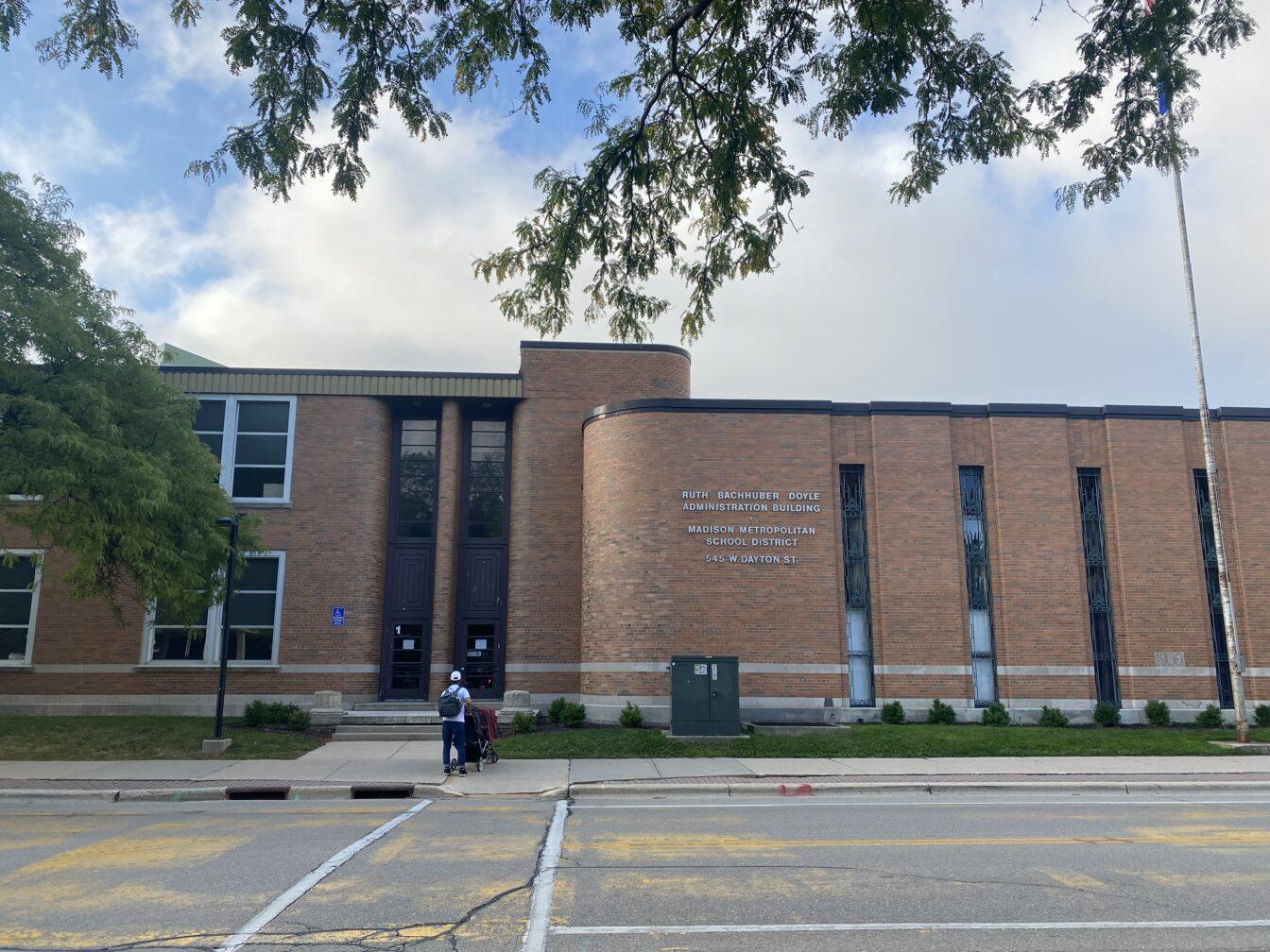The Trump administration issued an executive order Jan. 29, titled “Ending Radical Indoctrination in K-12 Schooling,” which declares federal funding cannot be used to support teaching gender ideology. According to the administration, gender ideology is the idea that there exists a large spectrum of gender identities that can differ from one’s sex.
The executive order does not explicitly demand schools to take action, but it asks federal agencies to reevaluate how resources can be used to limit this kind of curriculum, University of Wisconsin associate professor of educational policy studies Erica Turner said.
“Just even having the EO is not the same as making it official, but it is doing something,” Turner said. “… Policies … can be symbolic tools. So at the same time, it’s important not to see these kinds of EOs as harmless.”
Turner said the order can promote the message that different gender identities are not accepted in schools.
Additionally, in compliance with the Trump administration, the U.S. Department of Education announced Feb. 4 that the Free Application for Federal Student Aid will remove the “nonbinary” option from the gender identification question on its form and only list options male and female.
But, when concerning school districts, the Trump administration’s executive order risks illegality because the federal government cannot by law dictate curriculum to states or individual schools, Turner said.
In Wisconsin, for example, the state provides some constraints on topics schools must cover, but control is primarily left up to local school districts.
The executive order also presents uncertainties around the federal government’s role in national agencies like the Department of Defense and the Bureau of Indian Affairs which run their own schools, Turner said.
Alongside the executive order, the Trump administration shared a fact sheet that criticizes the Madison Metropolitan School District and several other K-12 schools for promoting indoctrination.
“Madison Metropolitan School District in Wisconsin adopted a policy for schools to ‘disrupt the gender binary’ by teaching students to adopt identities without regard for their biological sex without informing their parents or obtaining their consent,” the fact sheet reads.
UW assistant professor of educational leadership and policy analysis Mollie McQuillan has worked on research related to MMSD’s practices. McQuillan said the fact sheet is likely referencing MMSD’s “Guidance and Policies to Support Transgender, Non-binary and Gender Expansive Students” document.
“I believe what the document says is that — it’s guidance, so it provides some parameters about what school professionals can do,” McQuillan said. “It’s my understanding that it doesn’t say that they should or have to do that anymore.”
McQuillan also said much of the guidance in the document supports kids who are cisgender as well as nonbinary and trans. Cisgender students must explore different gender roles and expressions to develop their own identities as adolescents and young adults.
According to research from the Journal of Applied Developmental Psychology, 28% of cisgender males and 43% of cisgender females do not identify as purely male or female — suggesting cisgender people recognize gender fluidity.
Policies that inhibit gender exploration encourage more restrictive gender roles and expectations, and they can encourage people to question the gender identity of cisgender students — this is specifically shown to be true for cisgender girls and cisgender girls of color, McQuillan said.
The executive order criticizes MMSD for allowing students to adopt different gender identities without parental consent, but Turner said alerting parents could put students at risk of physical abuse at home if their parents do not accept their gender identity.
Research shows adults often have more difficulty accepting gender diversity than students, and these adults may come into the school district to target or bully students, McQuillan said. While most parents want teachers to care for their children and want them to feel valued at school, McQuillan explained executive orders like these could punish teachers for making gender-diverse students feel welcome.
“Most parents want their kids to be cared for when they’re at school,” McQuillan said. “… I think a concern about some of these executive orders — this executive order in particular — is that it’s indicating that teachers might be prosecuted for doing just that.”
The mandates in the executive order could also be asking teachers to violate their professional and ethical obligations as educational professionals, McQuillan said.
The executive order gives federal agencies 90 days to construct a strategy and recommendations for implementing the order’s goals, but agencies could present recommendations sooner than the deadline, Turner said.
In an email, MMSD said it stands by the district’s statement of inclusion which was restated by Madison Board of Education President Nichelle Nichols in a Jan. 27 meeting.
A separate MMSD Trans Resolution document says the district is committed to honoring transgender, nonbinary and all LGBTQ+ students through its policies and curriculum.
“Our schools are places where every student belongs,” Nichols said in the meeting. “This is not just a policy but our core value and commitment to our community.”



